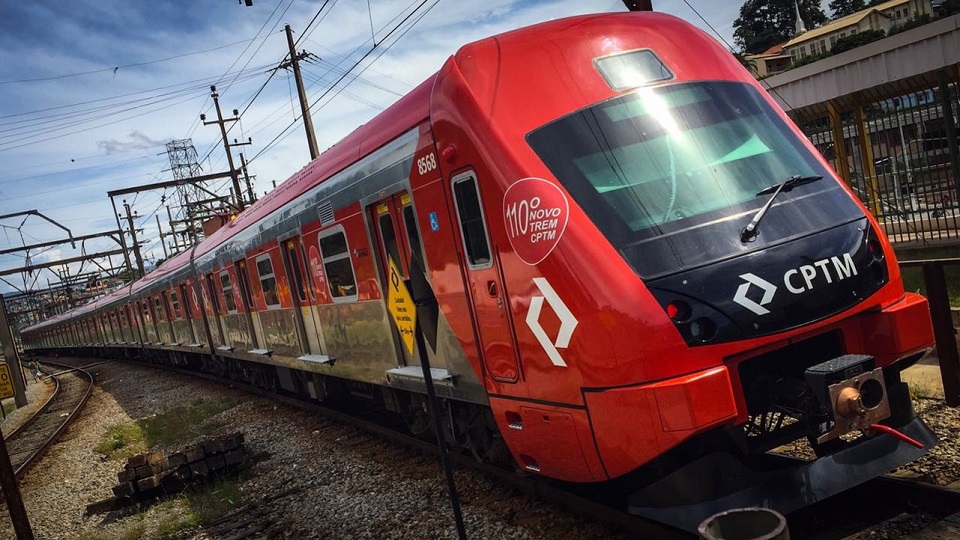928 results found
Featured results



More results
This paper presents a case study of the Brazilian Power Sector
On 27 January 2016, the Global Infrastructure Hub was represented by Senior Director, Richard Timbs, at the global launch of the International Infrastructure Support System (IISS) at the Inter-American Development Bank in Washington.
The iRAP case studies showcase activities that are saving lives and preventing serious injuries on roads.
This paper is intended to capture the main lessons learned from conducting Open Data Readiness Assessments and assisting countries with their implementation.

We asked innovators from all over the world, how can digital ideas be applied to solve economic or social infrastructure issues? Today we’re announcing our Top 10 finalists for InfraChallenge!
This policy brief outlines promising ideas to attract instiutional investors to pay for infrastructure they have not convinced pension funds or affluent individuals to invest, especially in emerging economies with untested issuers, The “tax-kicker” bond being proposed here could solve this issue.

Today the GI Hub has released Transition Pathways to Sustainable Infrastructure, a new resource to help governments shape future infrastructure to meet global climate targets and the UN Sustainable Development Goals with practical, accessible research and open consultations.
Today we released two new supplements to our Infrastructure Monitor report, focusing on the role of blended finance and environmental, social, and governance (ESG) factors in infrastructure investment. These latest updates, developed in partnership with Convergence and GRESB, offer a comprehensive examination of both areas, providing valuable insights for infrastructure professionals.

Infrastructure project preparation capacity is weak across most regions of the world. It is critical to strengthen these capabilities to address one of the major bottlenecks in attracting private capital to infrastructure, which is the lack of a bankable, investment-ready pipeline of infrastructure projects


This OECD paper provides a stocktake of investor practices and adoption of Environmental, Social, and Governance (ESG) in their investment processes.

Brazil has become the largest market for public-private partnerships (PPPs) in Latin America, having invested around USD $386 billion in infrastructure from 1990 to 2017


Private investors have shifted away from non-renewables in both developed and developing markets. The appetite for renewables is stronger in developed markets.


The paper discusses general trends in involving the private sector in public projects, PPPs and asymmetric information, and policy conclusions.

Preliminary evidence shows superior performance for some sustainable infrastructure investments in comparison with other infrastructure sector investments


Is ESG investment just a passing fad? What is the future of China’s Belt and Road Initiative? And does the Covid-19 pandemic mean we must reassess climate change targets? Our CEO Marie Lam-Frendo answers questions on the future of infrastructure.
The Itaipu Hydroelectric Dam (the Dam) is located on the Paraná River on the border between Brazil and Paraguay
Members of the infrastructure community are warmly invited to the launch of InfraChallenge, an innovation competition aiming to accelerate the global infrastructure industry.
The Joint MDB Statement for Crowding-in Private Finance builds on the previously approved Principles for MDBs’ Strategy Crowding-in Private Sector Finance for Growth and Sustainable Development, and the 2016 Joint Declaration of Aspirations on Actions to Support Infrastructure Investment.





 InfraChallenge
InfraChallenge







